
“For she is the world creatrix, ever mother, ever virgin. She encompasses the encompassing, nourishes the nourishing, and is the life of everything that lives. She is also the death of everything that dies. The whole round of existence is accomplished within her sway, from birth, through adolescence, maturity, and senescence, to the grave. She is the womb and the tomb: the sow that eats its farrow. Thus she unites the ‘good’ and the ‘bad,’ exhibiting the two modes of the remembered mother, not as personal only, but as universal. The devotee is expected to contemplate the two with equal equanimity. Through this exercise his spirit is purged of its infantile, inappropriate sentimentalities and resentments, and his mind is opened to the inscrutable presence which exists, not primarily as ‘good’ and ‘bad’ with respect to his childlike inconvenience, his weal and woe, but as the law and image of the nature of being.”
The quote above, about the Hindu goddess Kali, is from the mythologist Joseph Campbell in his seminal work, “The Hero With a Thousand Faces” (1949). His description has weighed heavily on my mind this week after a long, very slow drive along the Swannanoa River on the outskirts of Asheville, North Carolina last Sunday.
Campbell salutes this struggle by suggesting that understanding the essential two-sidedness of God as creator and destroyer is the beginning of wisdom.
It’s now nearly three months after Hurricane Helene roared through the entire region with an intensity that shocked most everyone—climatologists included—who had not previously conceived of a hurricane landing with such force some 260 miles from the nearest coastal waters.
Massive and ongoing recovery efforts have patched together a superficially restored downtown area in Asheville, but there’s much more to the story.
Creeping just beyond the city center reveals a countless number of crumbled roads, destroyed homes and outbuildings, sunken or crushed railroad cars, trucks and automobiles.
That and all manner of bric-a-brac littering virtually every mile of countryside adds up to a depth and breadth of devastation that more or less defies the imagination.
Which was all the more reason to conduct a muddy auto crawl along the city’s River Arts district that abuts the river, stopping nearly incessantly to behold the damage and take photos that would help my imagination expand, necessarily yet again, its capacity to fathom nature’s ever remarkable destructive power.
A power, we should note at least in passing, that is being helped along all the more by the well-documented and predicted intensification of climate change due to human activity.
***
My purpose here is not to conduct an exegesis of Kali and her role in the Hindu pantheon. That pantheon is almost impossibly diverse, complex, and nuanced, as is Kali herself. For expert testimony, I refer you again to Campbell’s colorful presentation above.
Much more to the point here is an exegesis of awe, if you will, at the violent forces of nature that shake our world to its very foundations, both outer and inner. And of how people grapple with understanding and accepting its reality.
Tour your own or most anyone’s social media accounts and you’ll no doubt behold scores of happy people and beautiful scenery, sometimes in one and the same photo. Beaches, lakes, streams, mountains, and flowers. Sunrises and sunsets galore.
All of it framing our parties, our holiday gatherings, our summer vacation tours of exotic locales.
Beauty beauty beauty, amidst seas of joy and contentment. Sweet and welcoming Mother Nature, holding us close to her bosom, soothing our modern, frazzled, hyperkinetic souls by modeling her perfect harmony.
Then here comes Kali/Helene, bringing ruin to it all.
A train car turned upside down, its undercarriage a mass of metal and wires we’d never been exposed to before, as if our grandma’s outer garments had blown away in a terrible gust and she is left in her underwear, vulnerable and exposed.
A shed of some type, nose down in the river, having created a new riffle for the water working around it, and a new perch for birds over the past three months.
God only knows how many more months it will languish there before some enterprising soul accesses the equipment and people-power to haul it back to terra firma and onto a truck bound for the recycling plant.
Or will it perhaps lie there in perpetuity half-drowned, a sober monument to all who suffered and lost so much in this catastrophe long since gone from the daily news, its vestiges of random paper and plastic and metal shards blown and pinned mutely against the riverside vegetation that somehow withstood the howling storm?
***
***
Christianity most always ties itself in knots trying to contextualize natural disasters. The pure human evil model of murder and worse is easy: Humanity is fallen and needs God to keep it on the straight and narrow. Failing that, the devil beckons, constantly on the prowl to corrupt and blacken souls.
But floods, fires and earthquakes?
Some Christians blame these, too, on Satan, God’s bitter adversary till the end of time.
Others suggest God is behind disasters, but only as a form of fist-shaking judgment and warning to cease our continuing sinful ways.
Still others simply lament and accept the fact that in a fallen world of great natural beauty and literally earth-shaking disaster, we need continue to revel in the former and endure the latter, even as God weeps for us and extends a hand in compassion and solidarity.
God not as schizoid, but as grieving parent.
This is the essential message of the Incarnation, after all, God assuming earthly form to suffer as we do, to fully experience and stand with us in our plight—and to model a response to the suffering of others.
Hinduism gets out from under this entire conundrum with a pantheon of gods who carry different loads for managing all facets of existence, Kali uniquely tasked with making a mess of the very creation she and other gods have brought into being. If the gods are in the aggregate omnipotent, all-knowing and all-loving, then nothing is beyond their power, knowledge, or will. That means the buck stops with them, and with Kali in particular as she huffs and puffs a hurricane into being.
Kali would not even think about foisting disasters off on a devil or standing behind hi-falutin’ conjurings by learned theologians who can’t bring themselves to admit that God, at least by human standards, causes all manner of suffering and may even have a little problem controlling her temper.
“Hell yes it’s ME!” bellows Kali, unapologetic. “Who else has the power to pull this (fire, flood, earthquake) off?”
***
Yes, I’m striking a light tone here, but it’s a dead serious matter. Suffering is universal, and when the earth—or our own bodies—turn against us, we feel a fierce need to ask it questions, to scratch and claw at it till it bleeds out some kind of meaning that can soothe our souls.
Campbell salutes this struggle by suggesting that understanding the essential two-sidedness of God as creator and destroyer is the beginning of wisdom. This is God as “ultimate reality,” for you more secularly-minded readers.
It’s just the way things are, yes?
And how should we think about those two sides of the reality we face in this beautiful and heart-breaking world? “With equal equanimity,” Campbell murmurs, lighting a candle against the darkness that so easily develops in the wake of tragedy.
Enough of “infantile, inappropriate sentimentalities and resentments,” of bewailing “the law and image of the nature of being.” Not at all different, actually, from the Whitmanesque vision discussed here two weeks ago, the Bard joining Campbell in not seeing “one cause or result lamentable at last in the universe.”
This doesn’t mean we don’t grieve catastrophe. Only that we not be consumed by it. And that we perhaps respond by enlisting another god—Lord Shiva, he of love and compassion, or any equivalent god of any other tradition—in doing what we can to repair the world that another god of ultimate reality has rent temporarily asunder.
Nothing lasts forever, after all, and the life force springs new and eternal with each breath and sigh of the world. That, too, is just the way things are.
***
***
***
***
Comments? Questions? Suggestions, Objections, Attaboys? Just scroll on down to the Comments section below. No minimum or maximum word counts!
Check out this blog’s public page on Facebook for 1-minute snippets of wisdom and other musings from the world’s great thinkers and artists, accompanied always by lovely photography. https://www.facebook.com/andrew.hidas/
Flickr: https://www.flickr.com/photos/andrewhidas/
Deep appreciation to the photographers! Unless otherwise stated, some rights reserved under Creative Commons licensing.
Elizabeth Haslam, whose photos (except for the books) grace the rotating banner at top of page.
https://www.flickr.com/photos/lizhaslam/
Library books photo by Larry Rose, all rights reserved, contact: larry@rosefoto.com
All Asheville photos by Andrew Hidas https://www.flickr.com/photos/andrewhidas/


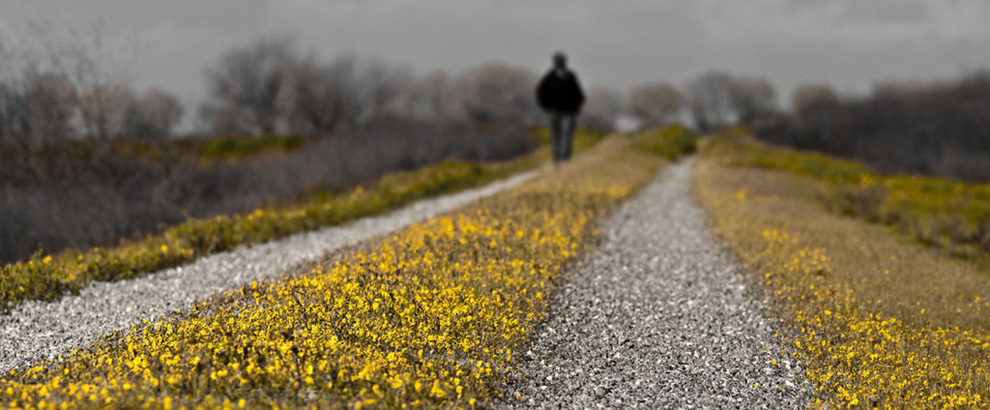
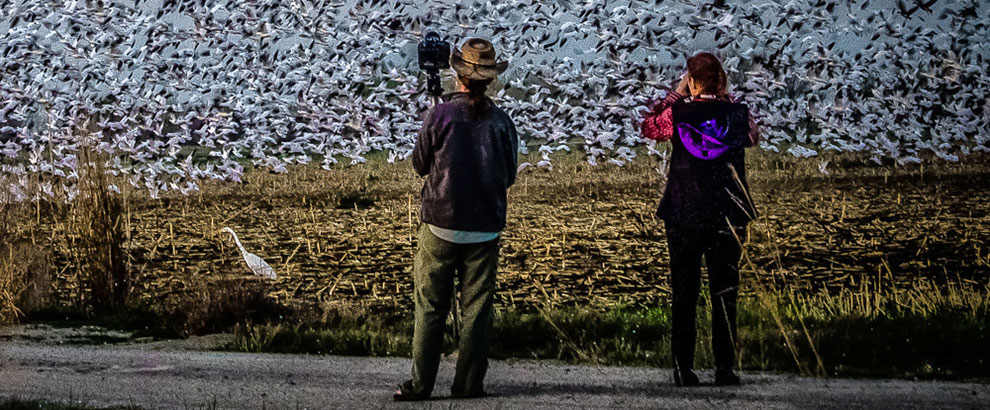
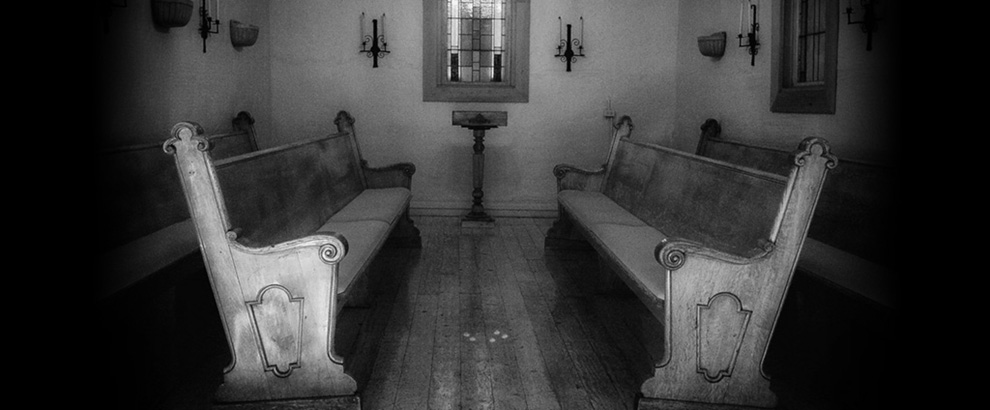
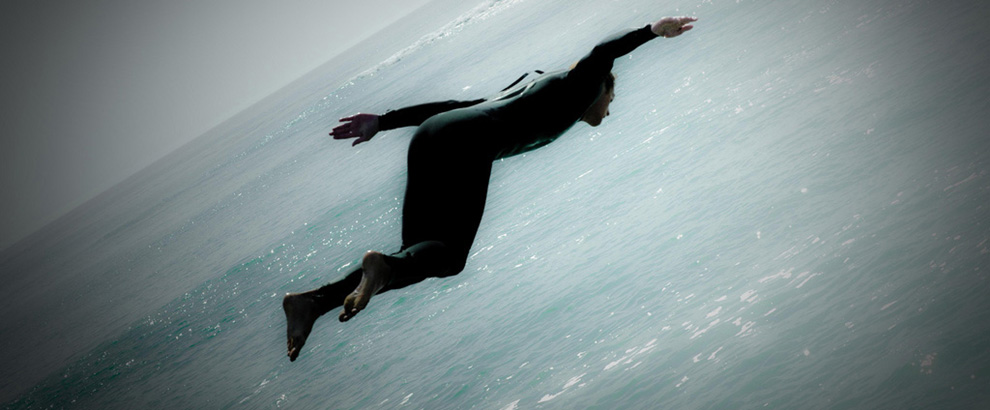
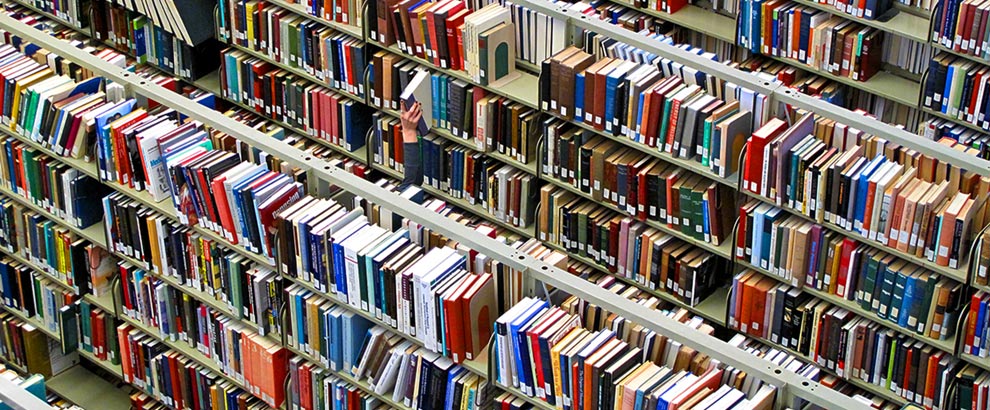












Drew, as a side note, I can’t believe you omitted, Kamala (not Kali or any other deity) controlled Helene’s devastating course.
Now, I’ll get serious. The images of Asheville during and after the hurricane have faded somewhat but resurface now and again as another photo or story pops up like your blog. Having lived through the massive Northridge earthquake in 1994 and Hurricane Harvey seven years ago, I’ve experienced the immense effort it requires to find one’s way back to some degree of normalcy. In both disasters, cries of God bringing his wrath down upon a godless society were thankfully few but nonetheless loud. I tend to view many of these natural disasters as a logical progression of things. I see them as falling dominoes. More CO2 in the air causes temps to rise. Rising temps increase water temps causing polar ice formations to thaw which then results in increased water levels throughout the globe. Call me a radical. However, natural disasters have a way of bringing people together. In the quake, friends and relatives whose homes were left standing welcomed in those whose homes were not. I opened my pool to neighbors and their buckets. LA was out of water for several days, and toilets needed flushing. In the wake of Harvey, many Texans used their own boats to rescue persons from flooded areas. Many were unknown to them. Claire and I drove a few miles away to pick up an elderly friend whose home was threatened by rising water. Her dog came, too. Strangely its name was Harvey. During this holiday season, it’s well worth our time to reflect on the life’s duality. Good can arise from bad. I think it was Thomas Aquinas who said that good can live independent of evil but evil relies on the existence of good.
Robert, you left out the part about Kamala running the kidnapping pedophile ring out of the DC pizza parlor’s basement, oh, wait, that was Hillary—the previous female prez candidate, and ’nuff said about that…
Your reflections on disasters bringing out people’s natural, awaiting goodness and desire to help their fellow humans (of every political stripe!) reminds me of the Mr. Rogers anecdote in the wake of the Boston Marathon bombing, when he advised kids, but really adults, too, to pay more attention to all the people who came running TO the horrific and dangerous scene to help rather than running away. It’s most always the case in this world that seems to convulse from one crisis to another and can so easily leave us deflated and despairing were it not for those people running again and again to the scene of suffering and tragedy. For me, deliteralized “religious” believer that I am, that running is plenty enough definition for what religion and godliness is—a state of being resulting in outward action to help and care for others, in a spirit of generosity and love. Simple, yes? “All the rest,” as the Jewish sage Hillel remarked about the centrality of the Golden Rule, “is commentary.”
A loved one recently expressed great despair and anger at the unspeakable tragedy of a lovely, kind close friend of hers succumbing to a noble, though painful, battle with cancer while a human who potentially endangers the planet and daily degrades the dignity of humanity with his president-elect bully pulpit lives on. “How can it be,” she lamented, “that kind and loving people suffer deeply and are then taken away from loved ones, while a man without any sign of respect or care for others not only lives on, but is virtually deified by millions of followers?” Indeed, how can it be? How do we reconcile the harsh duality and conflicted messages as we look to a Supreme, all-knowing-and loving Being for comfort and reassurance as we live out our time on earth? Tough stuff, to be sure. And, it seems to me, hard to grapple with if all chips are pushed to the single-God end of the table. The dualities of good-evil, right-wrong, black-white are not equipped to deal with the complexities of this multi-dimensional existence.
You cite a timeless conundrum that will be with us and we will be bewailing for, oh, forever, Jay. Doesn’t mean we don’t keep walking around and giving it tugs and pokes all the while, though—it’s part of the human project!
Meanwhile, really enjoyed your framing of “chips pushed to the single-God end of the table.” A variation on “Pascal’s wager,” which I hadn’t thought about for a good long while now, and puts you in very good company!